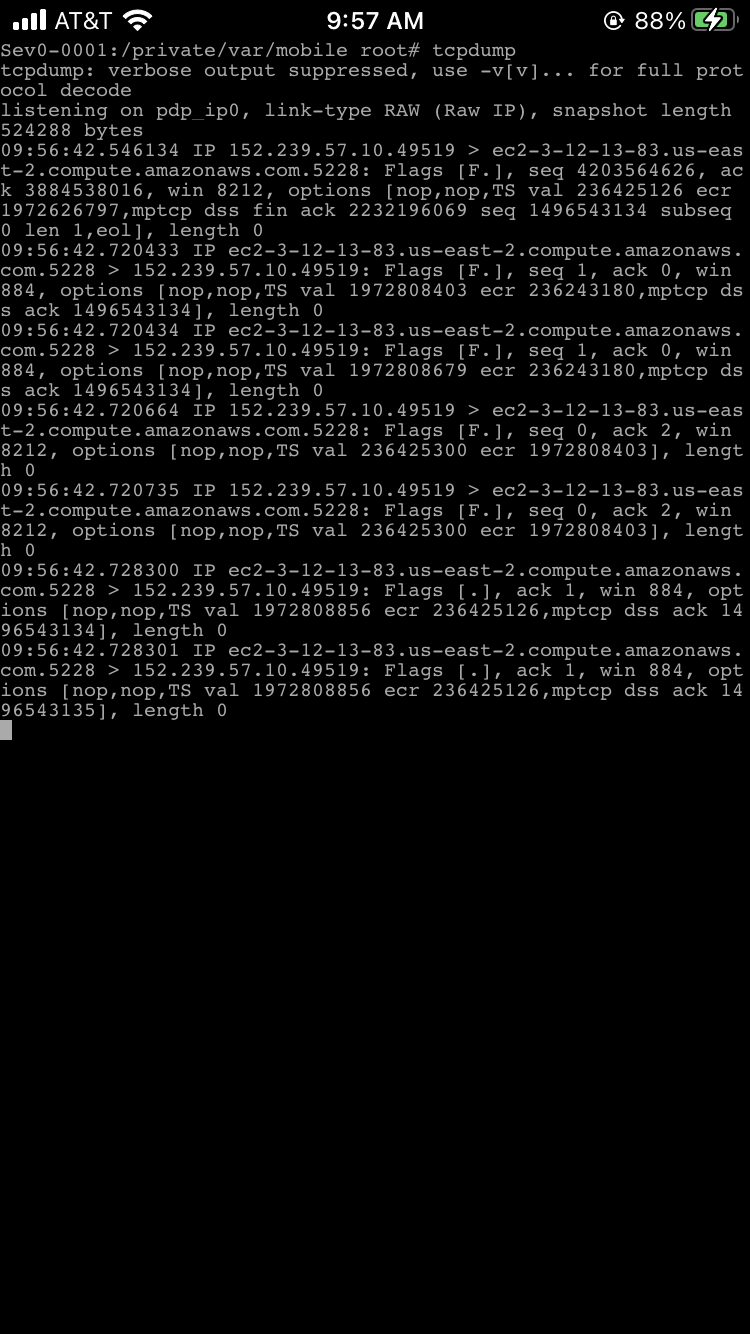For small and medium businesses (SMBs), protecting digital assets from cyber threats is a growing concern. As hackers increasingly target organizations of all sizes, penetration testing (pen testing) has become essential for securing applications, networks, and sensitive data. In this guide, we’ll cover what penetration testing is, why it’s crucial for SMBs, and how it differs from vulnerability scanning.
What is Penetration Testing?
Penetration testing, or pen testing, is a simulated cyberattack performed by security professionals to assess and strengthen an organization’s defenses. By acting as attackers, pen testers identify vulnerabilities in systems, applications, and networks that could be exploited in real-world scenarios.
Penetration testing goes beyond vulnerability scanning by simulating human tactics, making it especially valuable for identifying complex, context-specific weaknesses that automated tools might overlook.
Why SMBs Need Penetration Testing
- Growing Target for Cyberattacks: SMBs are often seen as easier targets due to limited resources and cybersecurity defenses. Pen testing helps uncover and address security gaps, reducing the risk of costly data breaches.
- Regulatory Compliance: Many industries, such as finance, healthcare, and e-commerce, require regular security testing to meet standards like PCI DSS and HIPAA. Penetration testing demonstrates a proactive approach to compliance, protecting customer data and avoiding fines.
- Cost-Effective Security: Investing in pen testing can prevent future expenses from breaches, legal costs, and reputational damage. By identifying and mitigating vulnerabilities early, SMBs save significantly over time.
Types of Penetration Testing for SMBs
- Network Penetration Testing
Focused on network security, this type of test examines your organization’s network infrastructure, including firewalls, routers, and connected devices. Network pen testing identifies vulnerabilities like unpatched software, weak passwords, and poorly configured firewalls. - Web Application Penetration Testing
Many SMBs rely on web applications for customer interaction. Web application pen testing focuses on identifying vulnerabilities in these applications, such as SQL injection, Cross-Site Scripting (XSS), and authentication flaws. - Social Engineering Penetration Testing
Social engineering testing assesses employees’ awareness of cyber threats through tactics like phishing simulations and phone-based vishing attacks. This test is valuable for training staff and reinforcing security awareness across your organization. - Wireless Penetration Testing
For SMBs with Wi-Fi networks, wireless penetration testing examines wireless protocols and encryption to prevent unauthorized access and eavesdropping attacks.
Steps Involved in Penetration Testing
- Scoping and Planning
Every penetration test begins with defining the scope; the most important part of the process. This involves identifying the systems, applications, and networks to be tested and setting clear objectives. During this phase, the testing team will work with you to ensure a thorough understanding of your security needs. - Reconnaissance and Information Gathering
In this phase, the testing team gathers information about your systems, network infrastructure, and potential attack surfaces. Techniques may include scanning for open ports, mapping IP addresses, and identifying publicly accessible information. - Exploitation
Once weaknesses are identified, testers attempt to exploit these vulnerabilities to determine their impact. For example, they may attempt to access restricted data, manipulate web applications, or compromise network segments, all to understand the full extent of potential threats. - Reporting and Analysis
The testing team compiles findings into a detailed report, describing each vulnerability, its potential impact, and how to remediate it. For SMBs, this phase is crucial because it provides actionable insights to fix vulnerabilities. - Retesting and Follow-Up
After remediation, many SMBs choose to retest to ensure that fixes have been applied effectively. This step helps validate security improvements and reinforces a continuous security approach.
Pen Testing vs. Vulnerability Scanning: What’s the Difference?
While vulnerability scanning and penetration testing are often used together, they serve different purposes:
- Vulnerability Scanning: An automated process that identifies known weaknesses, such as outdated software or misconfigurations. Vulnerability scanning is useful for regular security maintenance but lacks the depth of manual testing.
- Penetration Testing: Involves skilled professionals actively attempting to exploit vulnerabilities, mimicking real-world attacks to uncover weaknesses that automated tools might miss.
For SMBs, combining vulnerability scanning and penetration testing offers a comprehensive security approach, balancing automated coverage with manual expertise.
Choosing the Right Penetration Testing Provider
When selecting a penetration testing provider, consider the following:
- Expertise in SMB Security: Look for providers with experience working with SMBs and an understanding of the unique challenges smaller organizations face.
- Solid Methodology: SMBs may have limited budgets but should not settle for a provider that isn’t mentioning the testing methodology up front. Finding a provider who can explain the penetration testing methodology is essential and ensures you won’t get an automated scan in disguise.
- Clear Reporting: The provider should offer detailed, understandable reports with prioritized remediation recommendations.
Benefits of Penetration Testing for SMBs
- Improved Security Posture: By identifying vulnerabilities before they can be exploited, pen testing helps strengthen your organization’s defenses.
- Enhanced Compliance: Pen testing demonstrates a proactive approach to cybersecurity, aiding compliance with industry standards.
- Reduced Financial and Reputational Risks: Early detection and remediation of security flaws can prevent costly breaches, downtime, and potential reputational damage.
Final Thoughts on Pen Testing for SMBs
For small and medium businesses, investing in penetration testing is a proactive way to stay ahead of cyber threats, ensure regulatory compliance, and protect valuable assets. By understanding the process and benefits, SMBs can make informed decisions to strengthen their cybersecurity strategy.
Contact Severity Zero today to learn more about how our penetration testing services can help safeguard your business from Cyber Threats.
We specialize in tailored solutions designed to meet the unique needs of SMBs, providing peace of mind in an increasingly complex threat landscape.
✓ Industry experts
✓ over 25 years of experience in cybersecuirty, defense, and intelligence.







